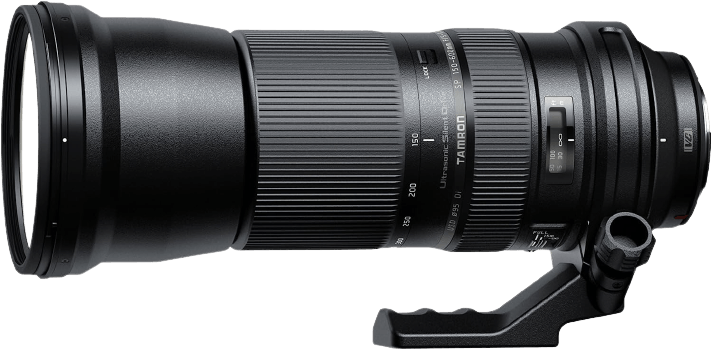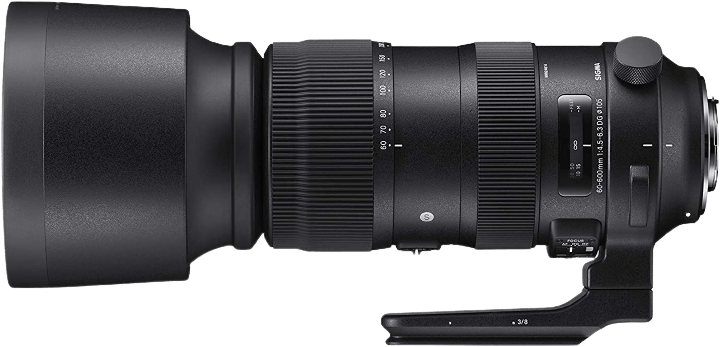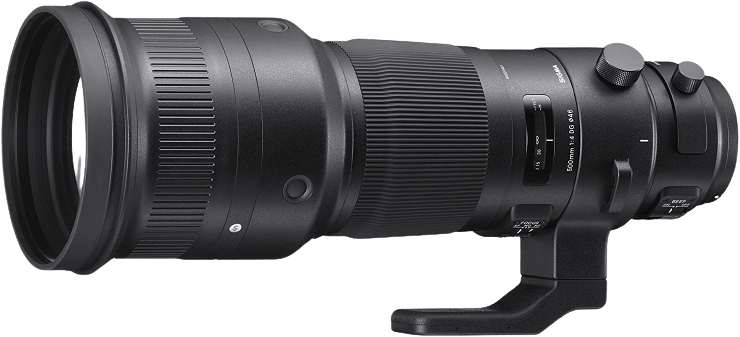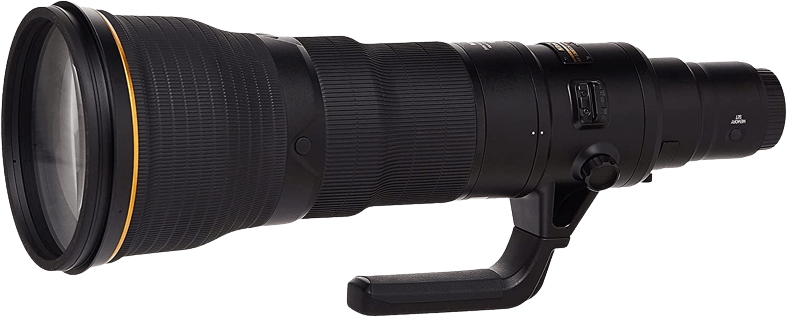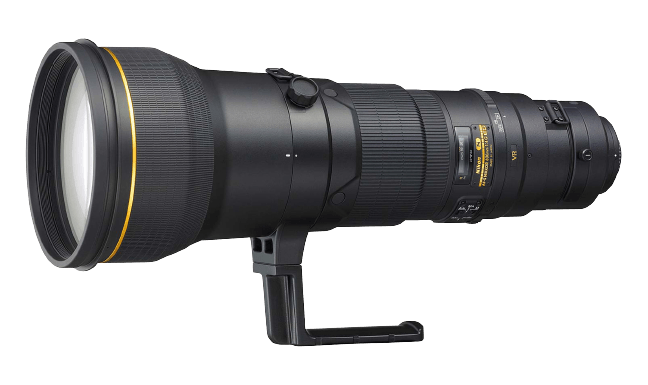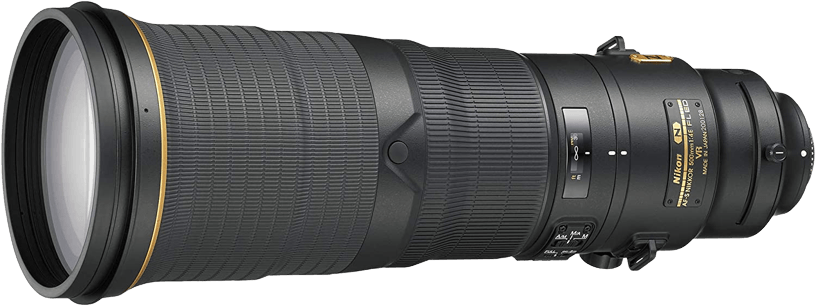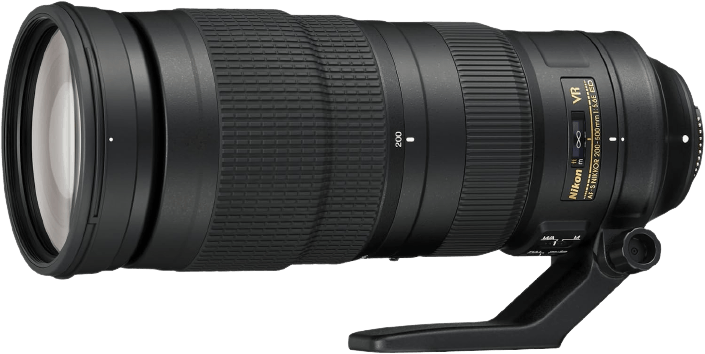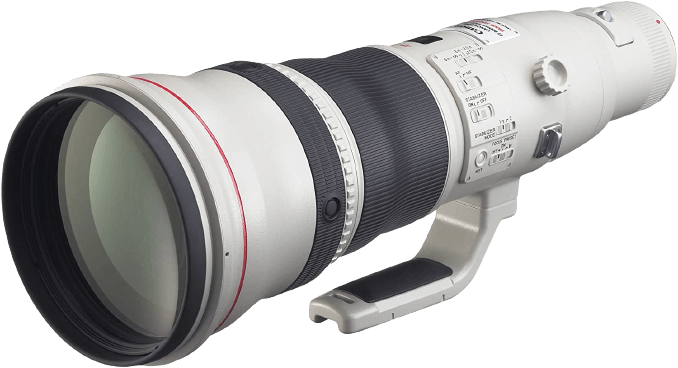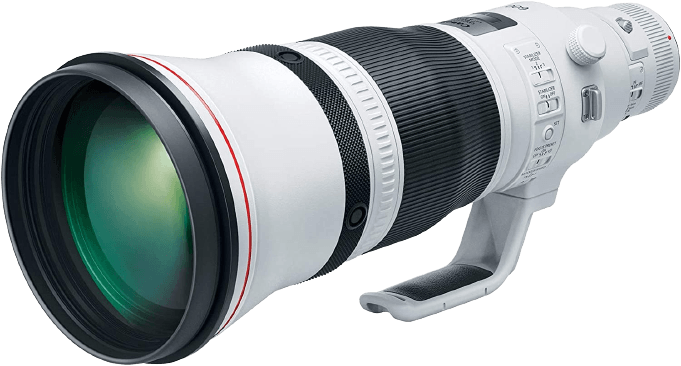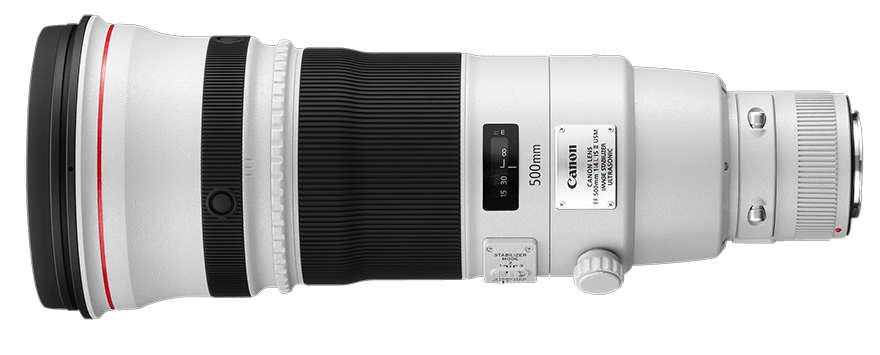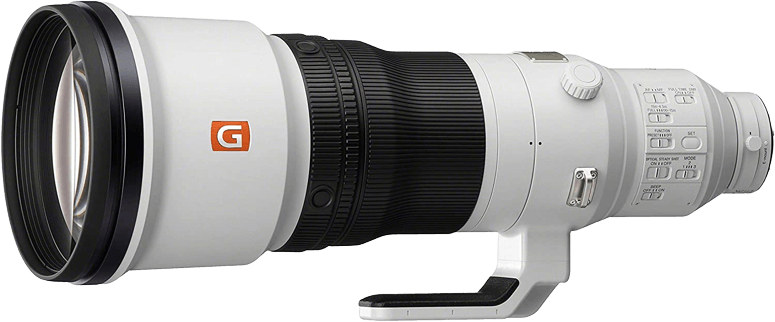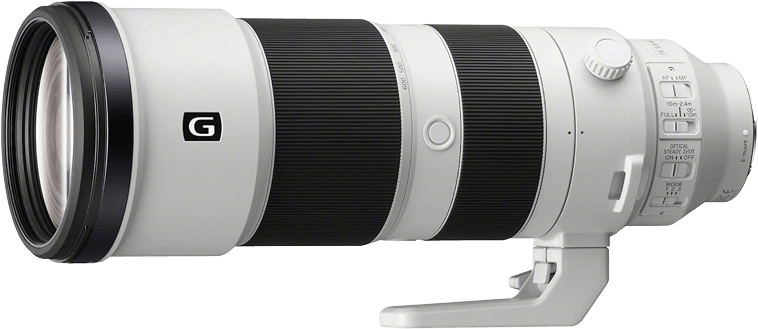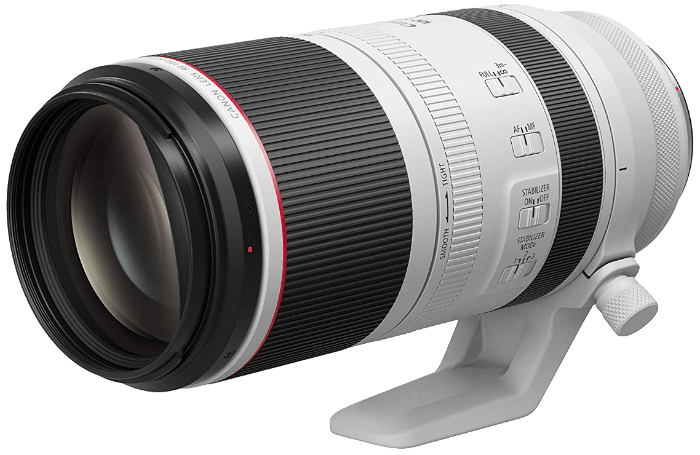Fortunately, it’s much easier with a super telephoto lens. That means anything over 400mm… the point at which lenses start to get very heavy—and expensive! After looking at all the factors, we decided the best super telephoto lens is the Tamron SP 150-600mm f/5-6.3 Di VC USD. It performs to a high standard while also being available for an amazing price! [Note: ExpertPhotography is supported by readers. Product links on ExpertPhotography are referral links. If you use one of these and buy something, we make a little money. Need more info? See how it all works here.]
13 Best Super Telephoto Lenses
We have divided our list into two parts:
Super telephoto lenses for DSLRs Super telephoto lenses for mirrorless cameras
Best Super Telephoto Lenses for DSLRs
There are plenty of zoom lenses available for a DSLR. Everything depends on your camera brand and on how far your budget stretches! This Tamron lens is an upgraded version of the SP 150-600mm G1, first introduced in December 2013. The SP 150-600mm f/5-6.3 Di VC USD provides better overall optical performance. And it has a faster autofocus speed. It also features vibration compensation enhancements, fluorine coating, and a flex zoom lock. And it has an optional custom-made 1.4x teleconverter. It’s designed for amateurs who’d rather not spend quite so much as professionals… but want to squeeze that last drop of sharpness out of their images! Sigma’s 60-600mm f/4.5-6.3 DG OS HSM is the only lens with that range on the market. It offers such a huge zoom range. You could look at it as two lenses in one! It also has a reasonably lightweight body. It comprises magnesium alloy, carbon-fiber-reinforced plastic, and a thermally stable composite. But the max aperture is a little narrow and gets narrower as you zoom in. The 500mm f/4.0 DG OS HSM is Sigma’s flagship lens for sport and nature photography. It provides sharp images with a fast and accurate autofocus system and a wide max aperture. It has one Special Low Dispersion (SLD) and two Fluorite Low Dispersion (FLD) lens elements. They help minimize chromatic aberration and distortion and preserve image clarity. The AF-S FX 800mm f/5.6 ED VR is the longest Nikon lens. The sharpness of the images is outstanding, and it paired very well with my old Nikon D850. It comes with a 1.25x attachment. It’s the one I owned until very recently. If you don’t mind the weight and don’t often need to handhold, this is the lens for you! Nikon’s AF-S FX 600mm f/4.0 ED VR is the slightly longer equivalent of the 500mm AF-S f/4G ED VR SWM. It’s aimed at professional sports and nature photographers. It has a wide max aperture. It features a sophisticated autofocus system for good low-light performance. And it shows Nikon’s usual level of sharpness and camera build quality. It introduces lighter fluorite elements at the front. This makes it much easier to handle than the previous version. But it’s still heavier than the latest 600mm Canon equivalent. The AF-S FX 500mm f/4.0 ED VR is a much lighter version than the older 500mm AF-S f/4G ED VR SWM. The weight of savings comes from a couple of extra fluorite elements at the front. It’s probably the sharpest 500mm lens on the market! The AF-S FX 200-500mm f/5.6 ED VR is designed for the “enthusiast” rather than the professional. Still, it outperforms the 150-600mm counterpart from Tamron. The Nikon has better focusing ability. And it performs better in low-light conditions or with a teleconverter. It also has a constant max aperture of f/5.6. It’s an advantage over similar third-party lenses. The EF 800mm f/5.6L IS USM is the longest lens in Canon’s current range. And it’s excellent for getting close-ups or distance shots if you’re a wildlife photographer. I had a Nikon 800mm lens for many years. And I took around two-thirds of all my shots with it. It was about the same weight as this Canon one. But that meant it was too heavy to handhold for more than a few seconds at a time. The EF 600mm f/4L IS USM is another L-series lens. It’s great for sports, wildlife, or photojournalism. It’s also light enough to handhold. The new design shifts most glass elements to the back of the lens to improve balance and handling. It’s the sixth generation of Canon’s 600mm f/4 series. And it’s the third version with image stabilization to help with camera shake. It encapsulates the very best in lens technology. The EF 500mm f/4.0L IS II USM is part of Canon’s premium L-series of telephoto lenses. This lens is designed for wildlife and sports photographers. It provides sharpness, fast autofocus, and exemplary performance in low light.
Best Super Telephoto Lenses for Mirrorless Cameras
There are very few extreme telephoto lenses available for mirrorless cameras. And Nikon doesn’t have a single one over 400mm! This will change in the next couple of years. But Canon and Sony are currently the market leaders. Sony’s FE 600mm f/4.0 GM prime lens belongs to the premium G Master series of lenses. It is the longest lens in the Sony lineup and the lightest 600mm lens on the market. It’s designed for wildlife, sports, and action photography. And it boasts excellent image quality and rapid, precise autofocus. I already have the 400mm f/2.8… and this is next on my list! Sony’s FE 200-600mm f/5.6-6.3 G OSS is another lens designed for wildlife, sports, and action photography. It boasts excellent image quality. And its affordable price shows that it’s aimed at the “enthusiast” market. Canon’s RF 100-500mm f/4.5-7.1L IS USM lens is part of Canon’s premium L-series. It is a specialist mirrorless lens designed for sports and nature photographers. It gives you sharpness, fast autofocus, and portability. The weather sealing and lens coatings also make it a durable kit.
What to Look for in Super Telephoto Lenses
There are four main factors for super telephoto lenses:
Focal length Max aperture Image quality Autofocus
All those come at a price, though. You might have to compromise in a few different ways:
Buy zoom lenses rather than primes. Buy a third-party lens from Sigma or Tamron. Buy a lens with a narrower maximum aperture. (Larger f-stop number)
Conclusion
If you shoot wildlife like me, I’d go mirrorless and pair a Sony 600mm f/4 GM OSS with a Sony a1. But not everyone can afford the best super telephoto lenses at any price. If your budget doesn’t stretch that far, I recommend going for the Sony 200-600mm with a cheaper mirrorless camera, such as a second-hand Sony A7. Finally, do you already have a DSLR and can’t face trading it in? I suggest saving for either the Nikon AF NIKKOR 800mm f/5.6E FL ED VR or the Canon EF 200-400mm f/4L IS USM with a built-in extender. But most importantly, which is the best super telephoto lens for you?
